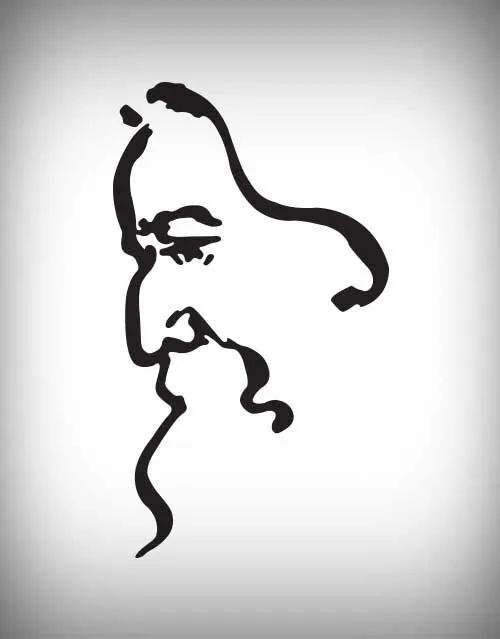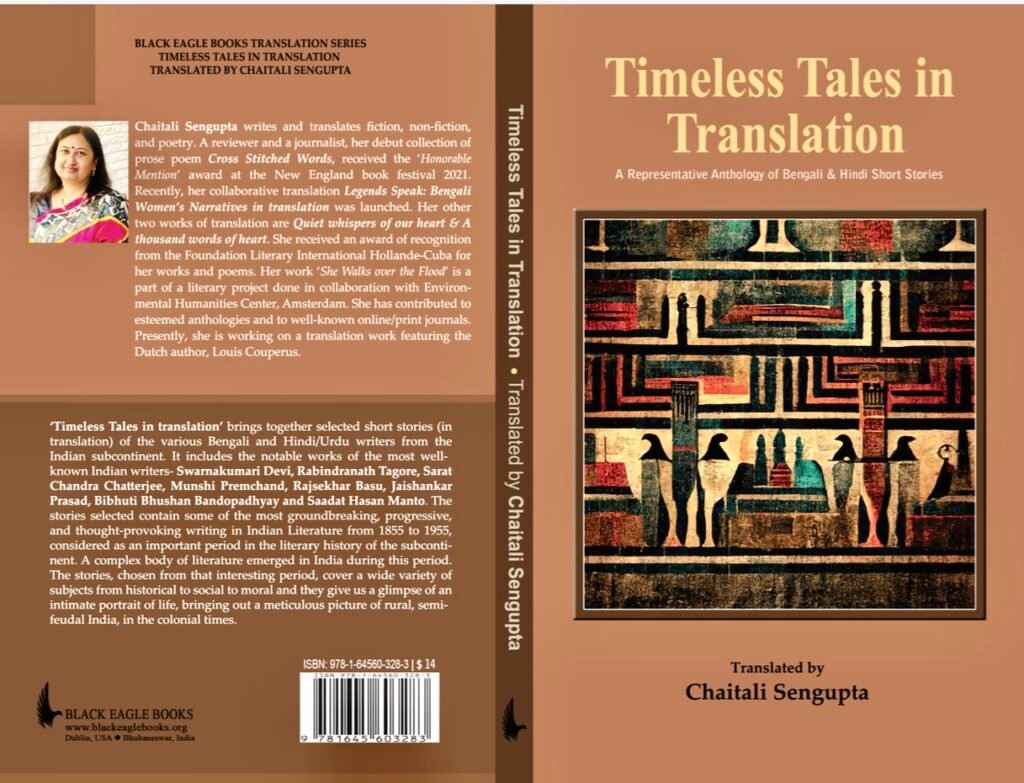Rathindranath Tagore’s Bengali biography of Rabindranath Tagore is a empathic and nuanced portrait of his father, creating a portrait of his life and fortune–an excerpt from Chaitali’s translation-an exclusive Special Feature on Tagore’s birth anniversary.
An excerpt from the memoir ‘Pitrismriti‘:
Baba named our houseboat Padma. The name reflected the love he had for the river Padma. The boat was closely associated with Shilaidaha, located at the estuary of Padma and Gorai rivers. Although it was my father’s favorite boat, our family too have close association with the Padma boat. So, many things will remain incomplete if I don’t talk about it.
The boat carried a history of its own. Most likely it was built in Dhaka as commissioned by my great grandfather Dwarakanath Tagore. Its structure was similar to that of a barrow, although a bit larger. The rooms were very spacious and as comfortable as the rooms in our home. At first, the boat remained moored on the banks of the Ganges in Calcutta. Maharshi Debendranath, my grandfather, travelled in this houseboat. As mentioned in his autobiography, it was with this boat he left for Varanasi in 1846. When the news of his father’s death in London reached him, he was on his way to Varanasi. Hearing the news, he turned the boat around and came to Calcutta. When the Maharshi did not use the boat any longer, it was kept at Shilaidaha.
Before the railways, boats were the standard means of travel, especially in Bengal, where there are no dearth of rivers and canals. Landlords and well-off businessmen kept many types of boats. They used to have bajrah, the pleasure-boats for their own use. These boats were rather wide in structure and flat bottomed. This enabled the boats to break water and move forward, even in the shallow rivers. Usually, the bajrahs consisted of two rooms fitted with all the amenities. It was customary to get them made by the craftsmen in Dhaka, they’re masters in this profession! Once the steam engines came, the use of waterways decreased, and the utility of boats also disappeared. Bajrahs are rarely seen on the rivers these days!
Read the full excerpt on Different Truths– Social Journalism platform




